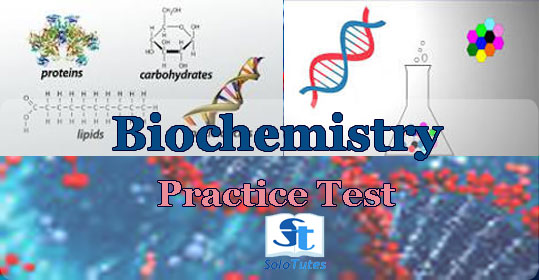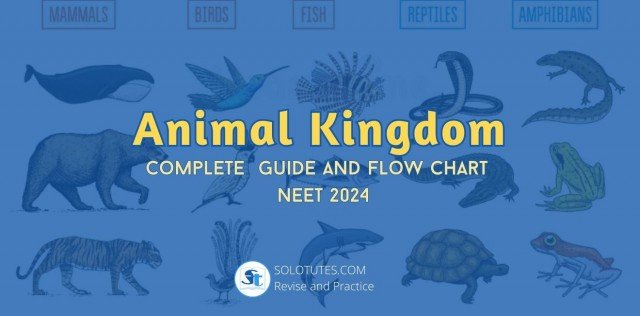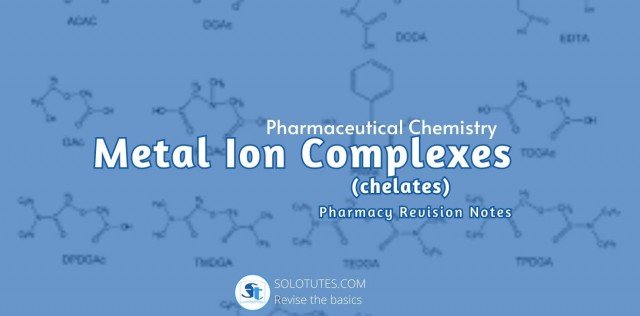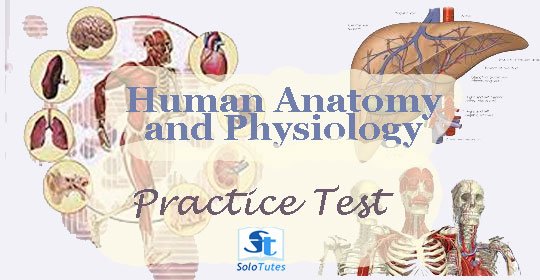Attempt this test to get a basic understanding of what you have learned in Biochemistry. This Biochemistry practice test contains Important MCQs from Biochemistry according to the syllabus of Diploma in Pharmacy. This Test will also helpful for you if you are preparing for other competitive exams like DUET, JNU, BHU, etc. After attempting the test. you can view the complete synopsis of your score, answers, and explanation for each answer. This will help you to increase your preparation strategy for upcoming competitive exams.
Check your Progress and get points for your performance
Login & Start the Test
OR
Start the Test Without Login
OR
Scroll Down to See Questions
Click on Any Option to check right Answer and Explanation.
1 of 25
Q.1 The peptide bond in proteins is detected by
- Biuret test
- formaldehyde
- Million test
- water
2 of 25
Q.2 Which is the smallest amino acid?
- Glycine
- Alanine
- Valine
- Phenylalanine
3 of 25
Q.3 Vitamin A is related to:
- β-ionone
- α-ionone
- δ-ionone
- ɣ-ionone
4 of 25
Q.4 Vitamins that bind to Ca++ ATPase in intestinal cells is:
- Vitamin B1
- Vitamin B2
- Vitamin B6
- Vitamin D
5 of 25
Q.5 Regular use of isoniazid as antitubercular drug causes deficiency of:
- Vitamin B2
- vitamin B6
- Vitamin B12
- Vitamin B1
6 of 25
Q.6 Sakaguchi's test is specified to:
- Glycine
- Arginine
- Tryptophan
- Tyrosine
7 of 25
Q.7 Which Enzyme is useful for the clinical diagnosis of acute pancreatitis?
- Lipase
- Amylase
- Creatinine phosphokinase
- Both A and B
8 of 25
Q.8 Which enzyme catalyse the linking of two compounds?
- Transferase
- Isomerase
- Ligase
- Lyases
9 of 25
Q.9 Enzyme Reaction kinetics are governed by:
- Michaelis theory
- Menten theory
- Michaellis and Menten theory
- Noyes and Whitney theory
10 of 25
Q.10 What is the source of carbon atoms in Cholesterol?
- Acetyl-CoA
- Lanosterol
- Squalene
- Mevalonic acid
11 of 25
Q.11 The Enzymes of HMP pathway are located in:
- Cytosol
- Adipose tissue
- Heart
- Intestine
12 of 25
Q.12 The citrate is converted into isocitrate via cis-aconitase by the enzyme:
- Cutrate synthase
- aconitase
- isocitrate dehydrogenate
- malate dehydrogenase
13 of 25
Q.13 In Glycolysis under anaerobic condition, there is a net gain of:
- 4 ATP
- 3 ATP
- 2 ATP
- 1 ATP
14 of 25
Q.14 Which is the major pathway/cycle for removal of amonia in brain?
- Glutamine pathway
- Kreb's Henseleit cycle
- Urea synthesis pathway
- None of these
15 of 25
Q.15 The disease albinism is related to:
- defect of tyrosine metabolism
- defect of phenylealanine metabolism
- defect related to melanin biosynthesis
- All of these
16 of 25
Q.16 Knoop's beta oxidation is related to:
- oxidation of fatty acids
- oxidation of acetyl Coenzyme
- oxidation of keto-bodies
- oxidation of uric acid
17 of 25
Q.17 The normal level of calcium in blood plasma is:
- 20-40 mg/ 100ml
- 30-40 mg/100 ml
- 9-11 mg/100 ml
- 100mg/100 ml
18 of 25
Q.18 Xanthine oxidase contains:
- Zinc
- Molybdenum
- cobalt
- magnesium
19 of 25
Q.19 Barfoed's reagent is a solution of:
- copper sulphate
- copper acetate in acetic acid
- cupric tartrate
- cupric nitrate
20 of 25
Q.20 The risk factor for atherosclerosis is related to:
- Chylomicron
- VLDL
- HDL
- VLDL and LDL
21 of 25
Q.21 The precursor for Vitamin D is:
- Fatty acid
- Sterol
- Cholesterol
- Lipid
22 of 25
Q.22 Glutathione is:
- Dipeptide
- Tripeptide
- Cyclic peptide
- Polypeptide
23 of 25
Q.23 Bial's Reagent is a solution of:
- Alpha napthol in alcohol
- Phenol in 30% HCL
- Orcinol in 30% HCL
- Orcinol in 30% HCL + ferric chloride
24 of 25
Q.24 Fluorosis is caused by the excess intake of:
- Copper
- Calcium
- Zinc
- Fluorine
25 of 25
Q.25 Mutarotation is:
- change in structure
- change in cyclic structure
- change in optical rotation
- none of above
.png)


























.jpg)







 Pharmacognosy Aptitude Test
Pharmacognosy Aptitude Test  Practice test 1 (Human Anatomy and Physiology) for competitive exams
Practice test 1 (Human Anatomy and Physiology) for competitive exams